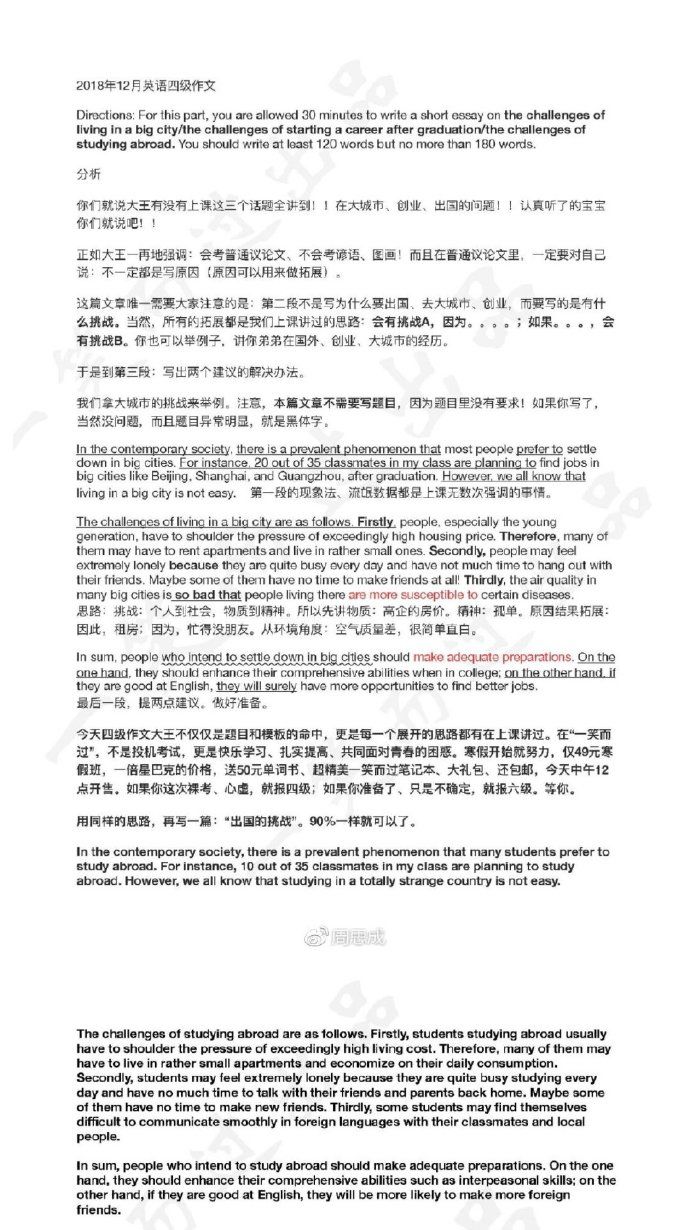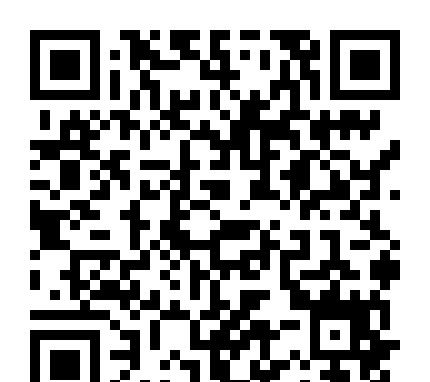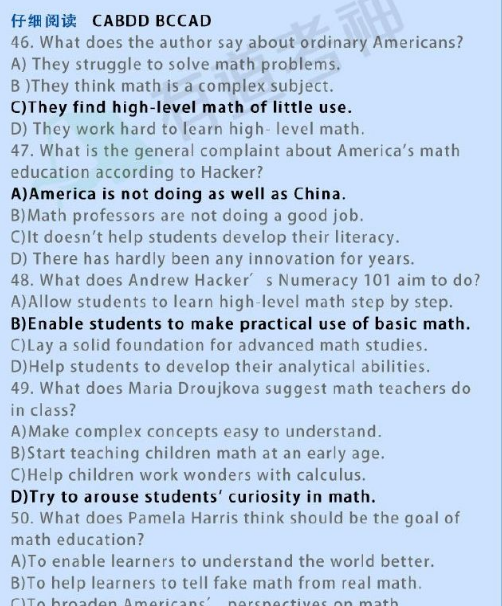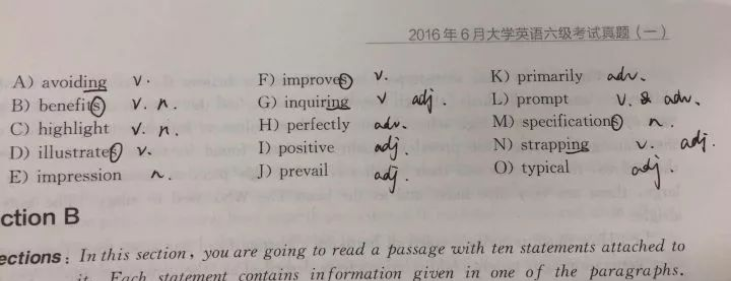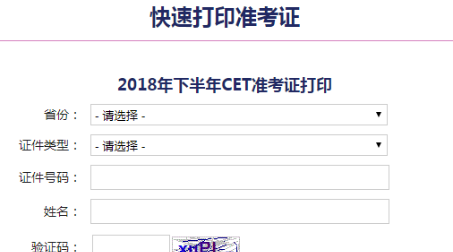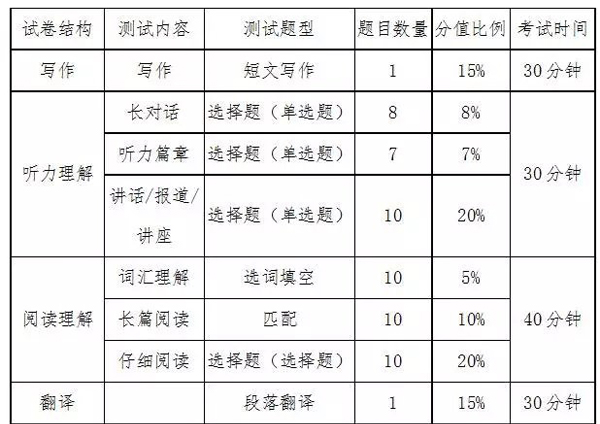LSAT考试全真题一SECTION4(3)
|
Questions 15-16 Our society overestimates the contributions of science to the quest for knowledge. Independent of whether great strides have been made in the ability to predict natural events, knowledge at any deeper level, knowledge of things we cannot experience directly, is as illusory as ever. Such knowledge is illusory because incompatible theories may always be postulated to explain observations. How can we "know" which one is correct? Further observations may narrow the possibilities, but there are alwaysalternatives, at least in principle. Who is to say that today's theories will fare any better than those which, though once accepted, were replaced by wholly different conceptions, of nature? It is the height of gullibility or presumption to invest special credence in the current scientific fashion. 15. Which one of the following best expresses the author's conclusion in the passage? (A) Science is considerably less valuable than other approaches to producing knowledge. (B) Changes in and differences among scientific theories do not result in genuine progress. (C) Scientists should develop more accurate approaches to recording and explaining observations about nature. (D) The ability of science to produce knowledge is overrated. (E) Currently accepted scientific theories, however well accepted, are probably self-contradictory 16. Which one of the following claims is central to the author's argument? (A) Alternative explanations are possible for any set of observations about nature. (B) Science has made substantial progress in the ability to predict natural events. (C) Science has developed so many theories that it is impossible to know which ones to believe. (D) It is important that scientists distinguish between prediction and explanation. (E) The judgment of scientists as to which theories to accept is suspect, as they tend to follow the latest scientific fashion. 17. The recent dramatic increase in commuter airline crashes is caused in large part by pilot inexperience. As a major growth industry, the commuter airlines have recently had a great increase in the demand for experienced pilots. It is impossible to define and assess pilot experience, however. For example, someone with 1000 hours of flight experience as an instructor in Arizona, where the weather is good,cannot be compared to someone with 1000 hours' experience as a night cargo pilot in the stormy northeastern United States. The author's conclusion that the dramatic increase in commuter airline crashes is caused by pilot inexperience is most weakened by the fact that the author has (A) argued that it is impossible to measure "pilot experience" (B) used an example that does not relate logically to the point being illustrated (C) provided only a partial explanation for the increase in commuter airline crashes (D) made an unfair comparison between experience as a flight instructor and experience as a night cargo pilot (E) not specified how much of the recent increase in commuter airline crashes is due to pilot inexperience 18. Brand X laundry detergent sells for $2.00 a box Brand Y sells for $4.00 a box. Therefore, you will save money if you use Brand X laundry detergent instead of Brand X. Which one of the following if true would make the conclusion in the passage a logical conclusion? (A) It takes only one cup of Brand X to do the work of one and one-half cups of Brand Y. (B) A box of Brand X contains the same amount of inaundry detergent as a box of Brand Y. (C) A box of Brand X will clean just as many loads of laundry as a box of Brand Y. (D) More than twice as many people use Brand X as use Brand Y. (E) Brand X and Brand Y normally sell for $3.00 a box, but Brand X is one safe and Brand Y has been marked up. 19. In a recent advertisement, a major cereal company contended that the better educated people are the more likely it is that as children they regularly ate oatmeal. As evidence, the company cited a national random survey of college graduates in which four-fifths of all those surveyed reported having eaten oatmeal at least once a week when they were young. Which one of the following is an additional piece of information that would support the cereal company's conclusion? (A) Four-fifths of all current college graduates eat oatmeal regularly. (B) Fewer than four-fifths of those without a college degree ate oatmeal regularly when they were children. (C) Among people who have additional education beyond college, four-fifths ate oatmeal regularly when they were children. (D) More than four-fifths of the population at large-college graduates and nongraduates combined-ate oatmeal regularly when they were children. (E) Those college graduates who did not eat oatmeal regularly when they were children did eat oatmeal on an occasional basis. 20. Of the ten professional tennis players who are generally considered the greatest of all time, six had no brothers or sisters. However, only a small portion of the general population is made up of such "only children." Clearly, if you are a professional tennis player, you have a better chance of being considered among the greatest if you are an only child. Which one of the following, if true, would undermine the argument in the passage? (A) Some great tennis players never play professionally. (B) Ascribing "greatness" to tennis players is necessarily subjective. (C) Among all professional tennis players, seven (D) An only child tends to be better at individual sports than at team sports. (E) Parents who have only one child have more time to invest in the child's tennis career than do other parents. 21. The West does not escape the effects of its relationship with the non-Western world. Even as an individual fails to develop fully without constant interaction with an equal, a tradition of thought loses vitality and lacks the capacity for rigorous self-criticism without the probing presence of an authentic "other." In the absence of constant and critical dialogue with other traditions. Western thought remains parochial, commonplace, and narrow. Which one of the following techniques of argument does the author use in the passage? (A) identifying a point of similarity between two different states of affairs (B) reconciling two opposed sets of circumstances with each other (C) identifying a conclusion that has no supporting argument (D) deriving a conclusion from a set of conflicting assumptions (E) taking advantage of inconsistencies in the definition of a critical term |


